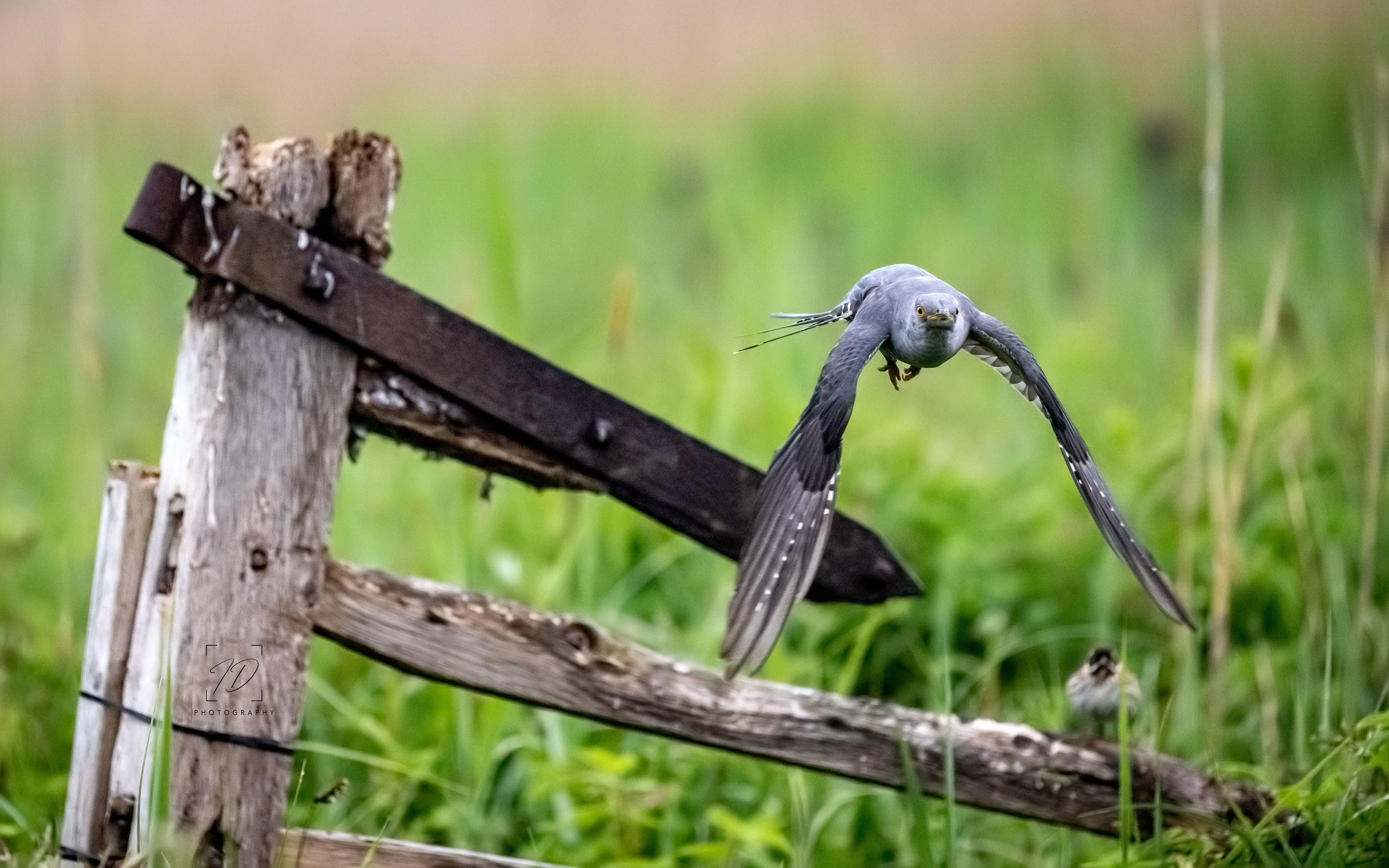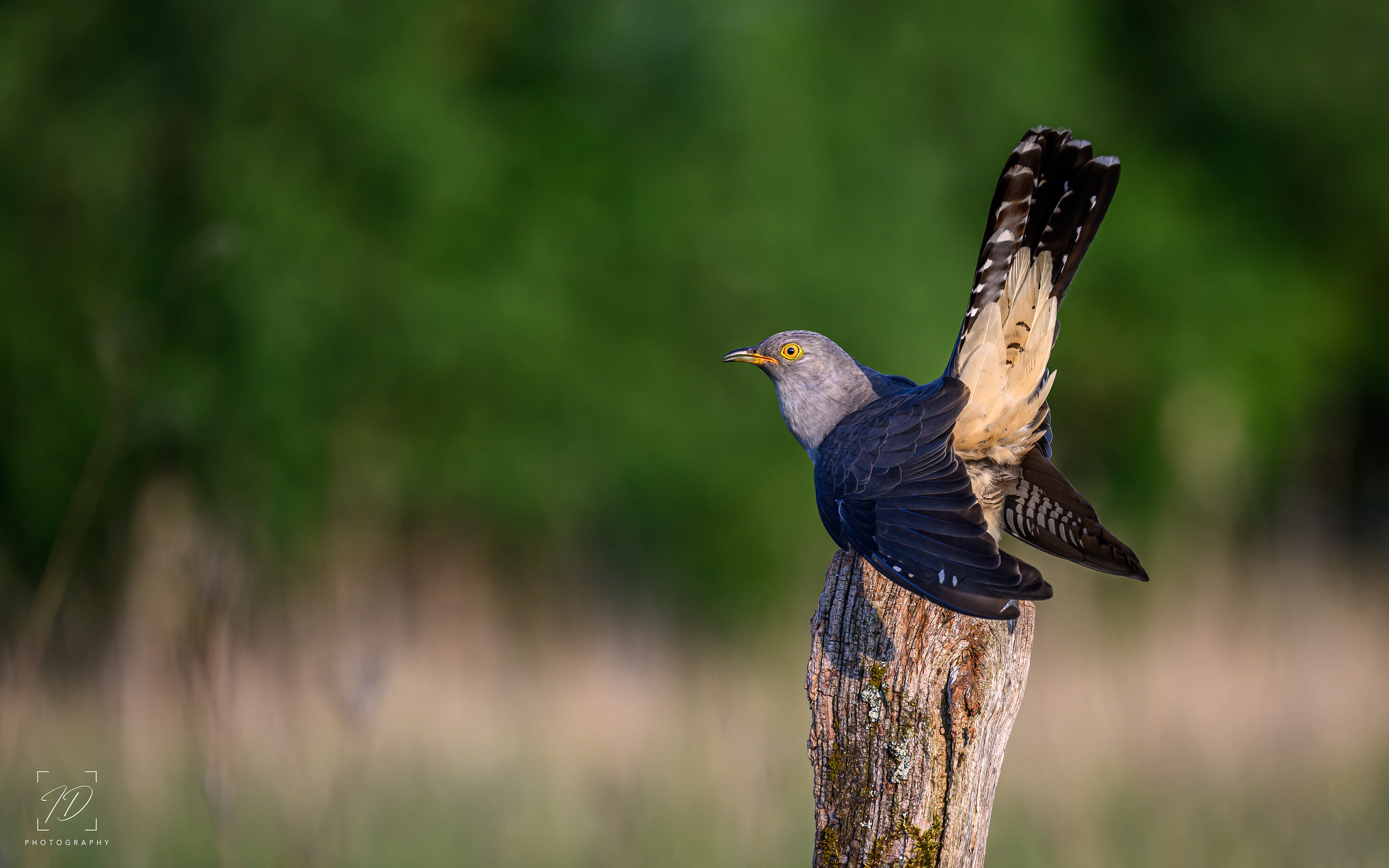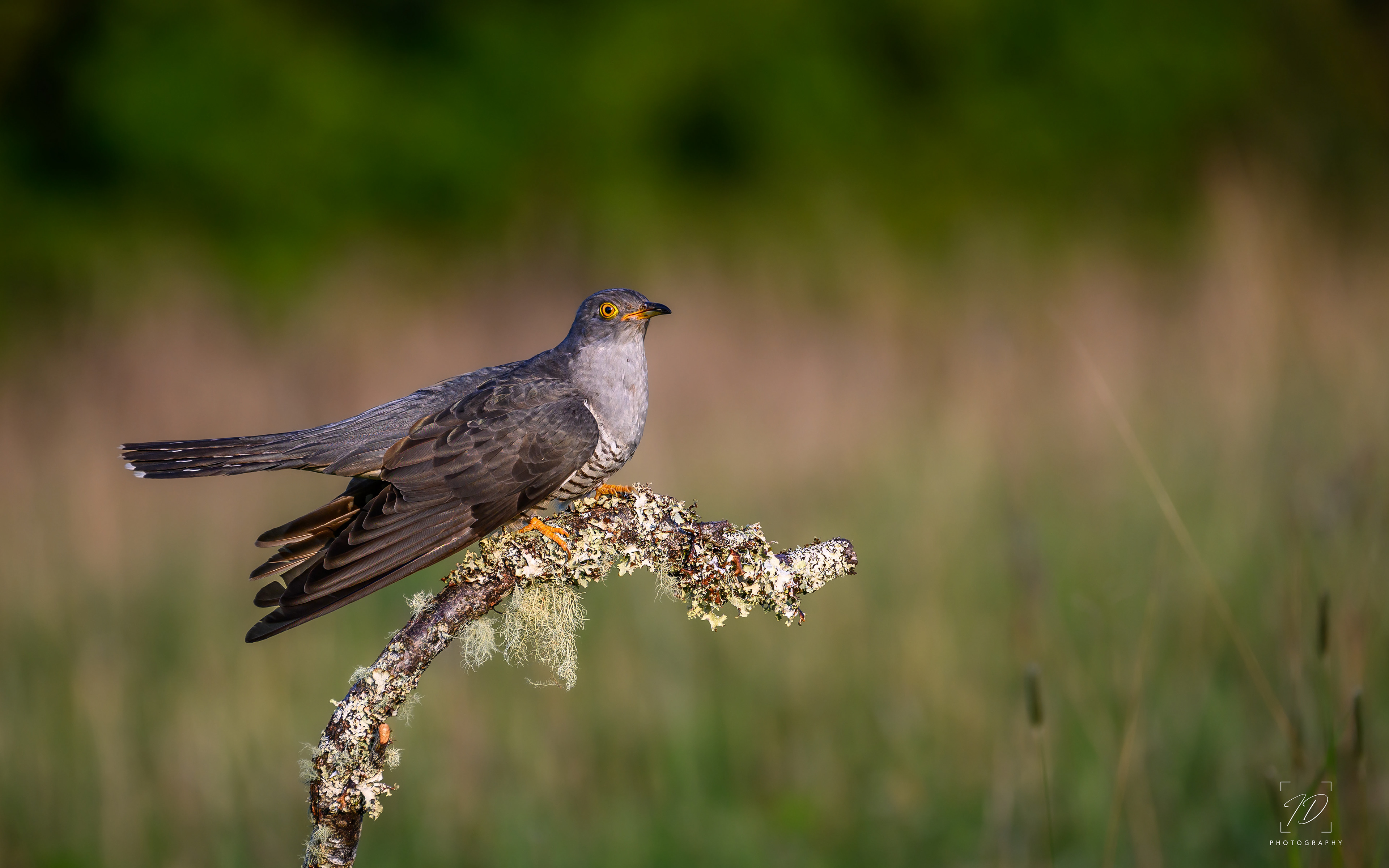The cuckoo is a dove-sized bird with a blue-grey back, head and chest, and dark barred and white under parts.
Cuckoos are summer visitors and are well-known brood parasites. Instead of building their own nest, the females lay their eggs in other birds’ nests, especially meadow pipits, dunnocks and reed warblers. When a female cuckoo finds a suitable nest, and the hosts aren’t looking, she removes one of their eggs and lays her own egg in its place. Cuckoo young hatch after just 12 days, and push the hosts’ eggs or babies out of the nest, allowing it to eat all food brought by the host bird. By the time the cuckoo leaves the nest, it is far bigger than the host bird, but the adoptive parent continues to feed the young cuckoo for a further two weeks.
With their young being raised by another bird, adult cuckoos are free to leave the UK much earlier. Most leave during June for Africa, where they winter. The young cuckoos leave later on, once they’re fully fledged.
Their recent population decline makes this a Red List species in the 2021 UK Conservation Status Report. Red is the highest conservation priority, with species on this list needing urgent action. Species on this list, such as cuckoos, are globally threatened, with big declines in breeding populations and ranges.
Yorkshire - June 2022 & June 2023
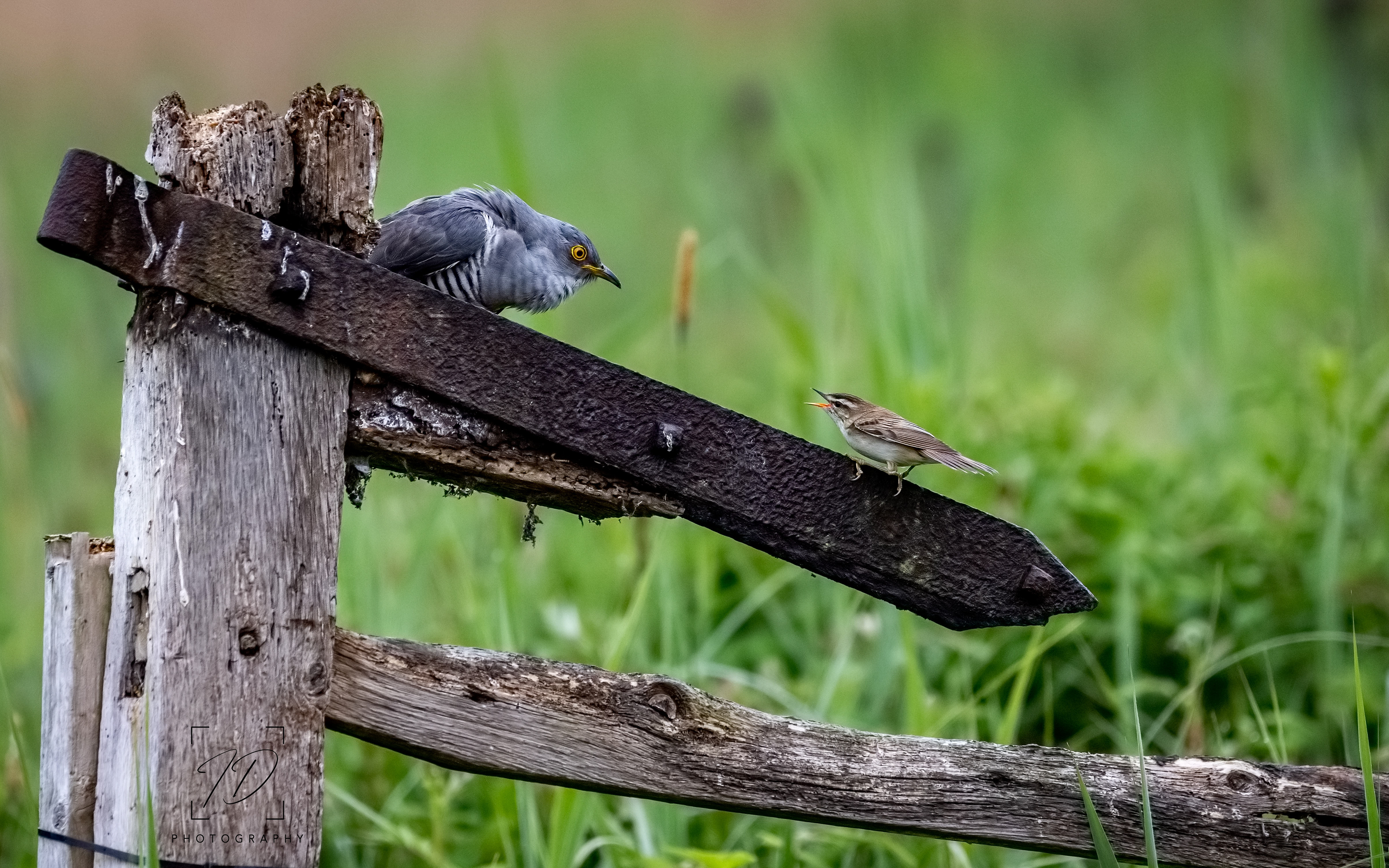
Sedge warbler warning a cuckoo away



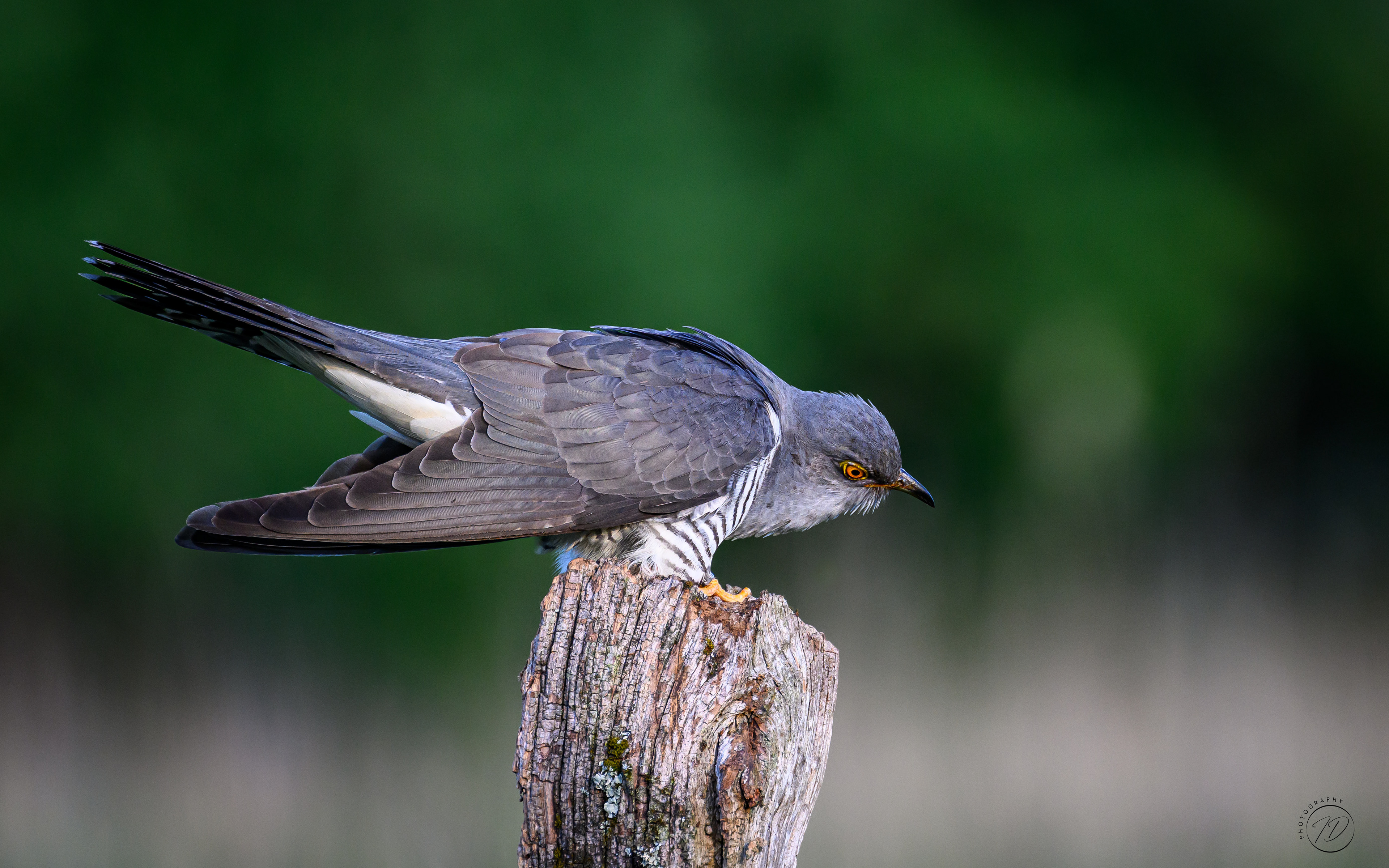
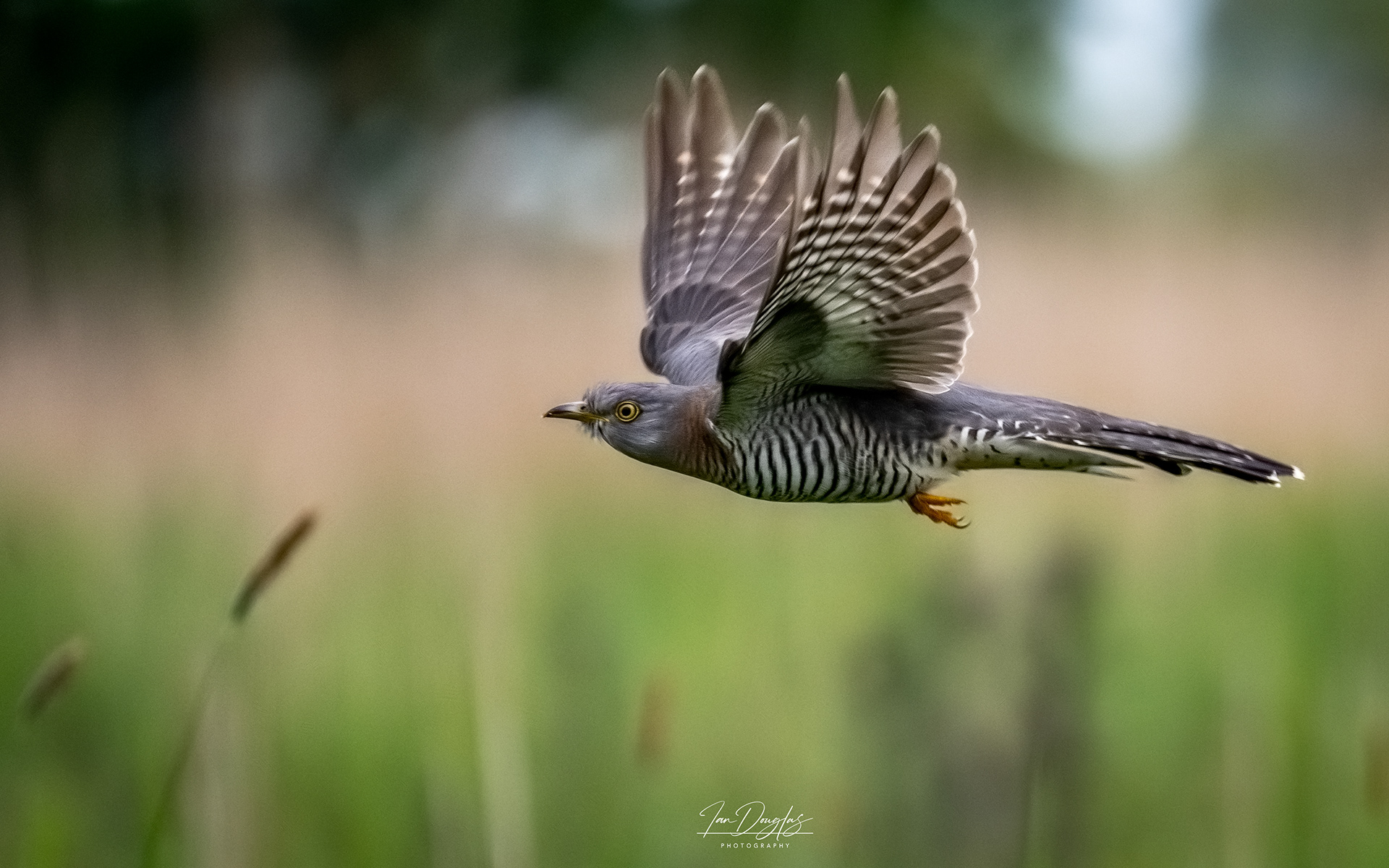
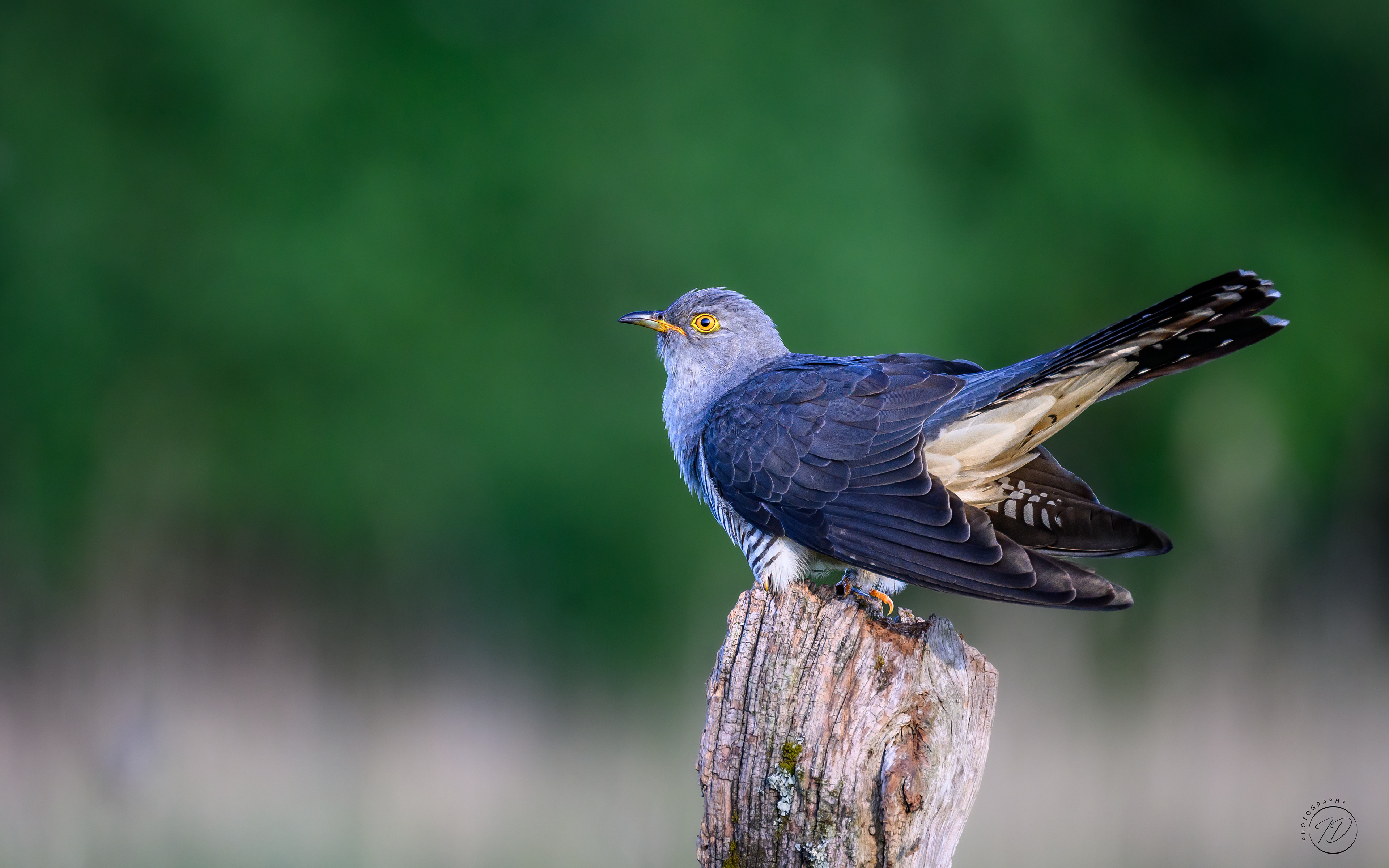
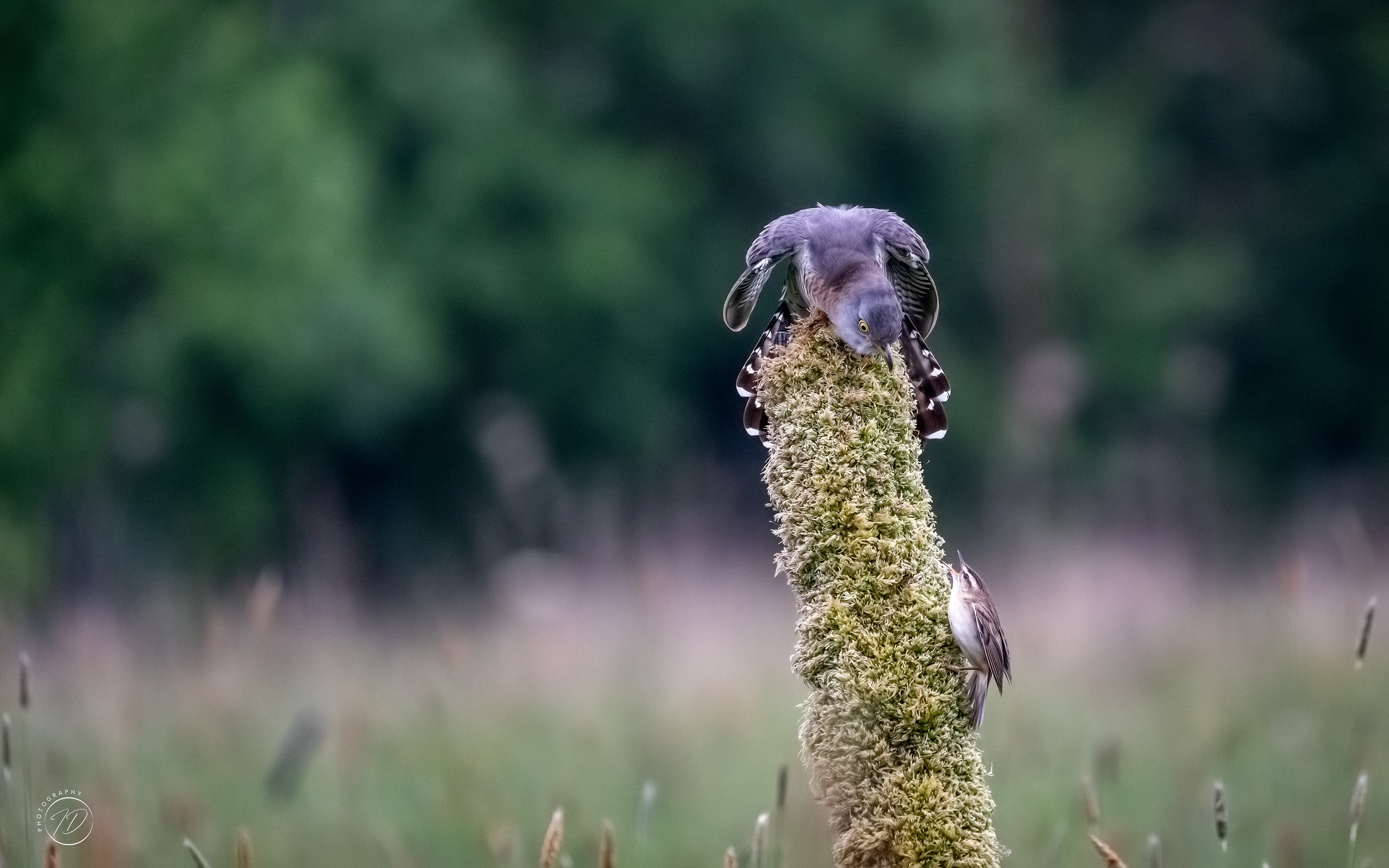
Sedge warbler warning a cuckoo away

Sedge warbler warning a cuckoo away
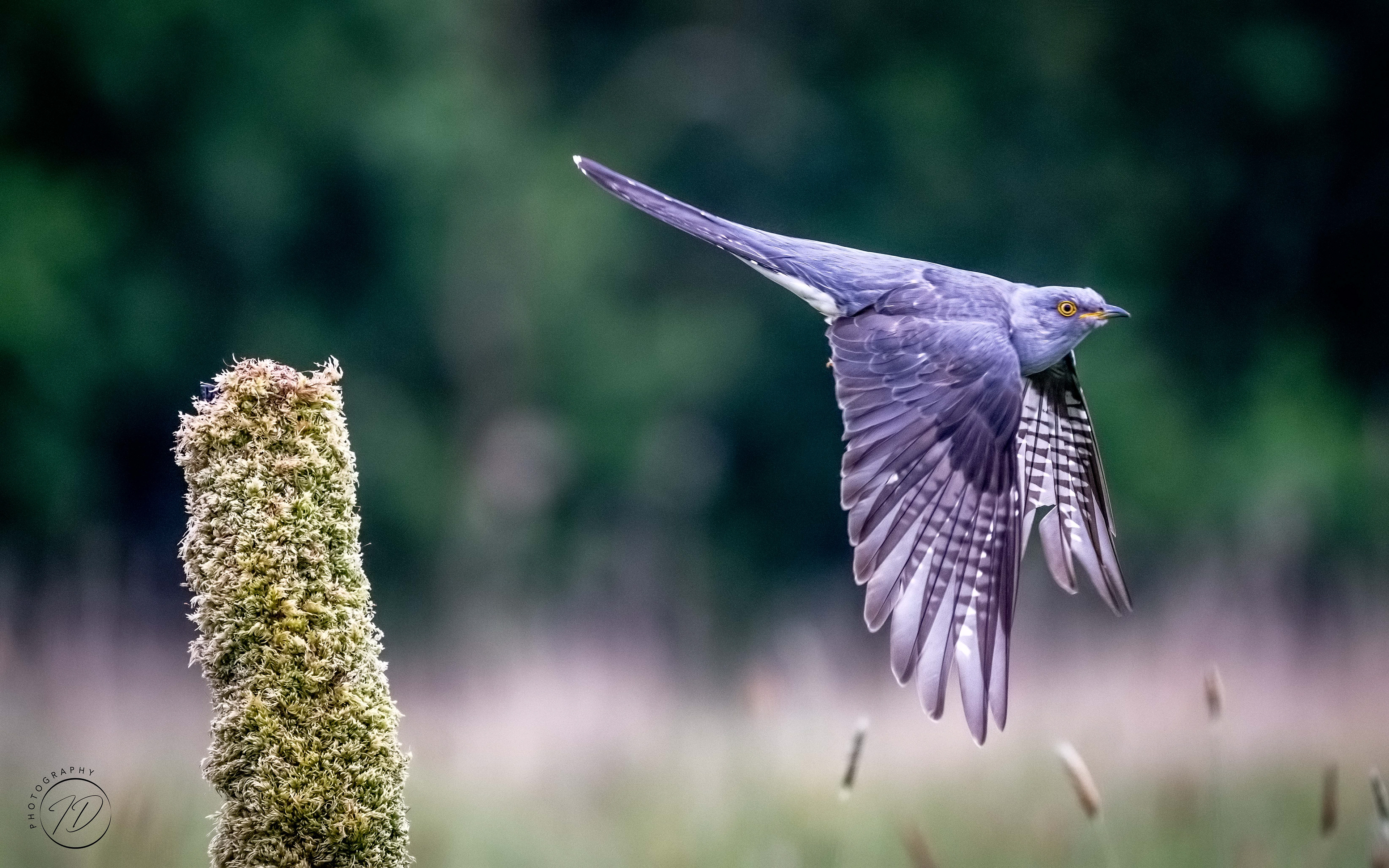
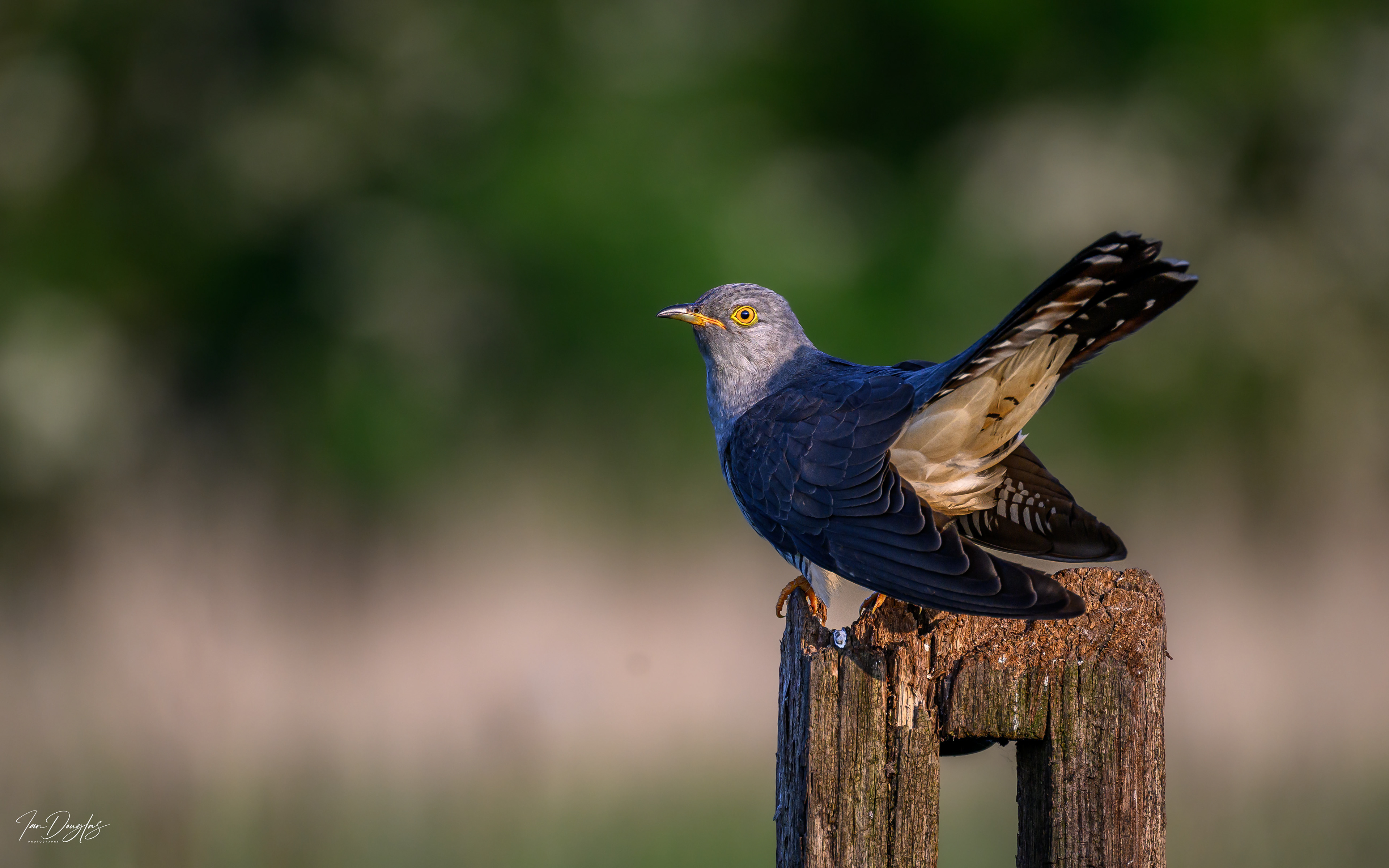

Sedge warbler warning a cuckoo away
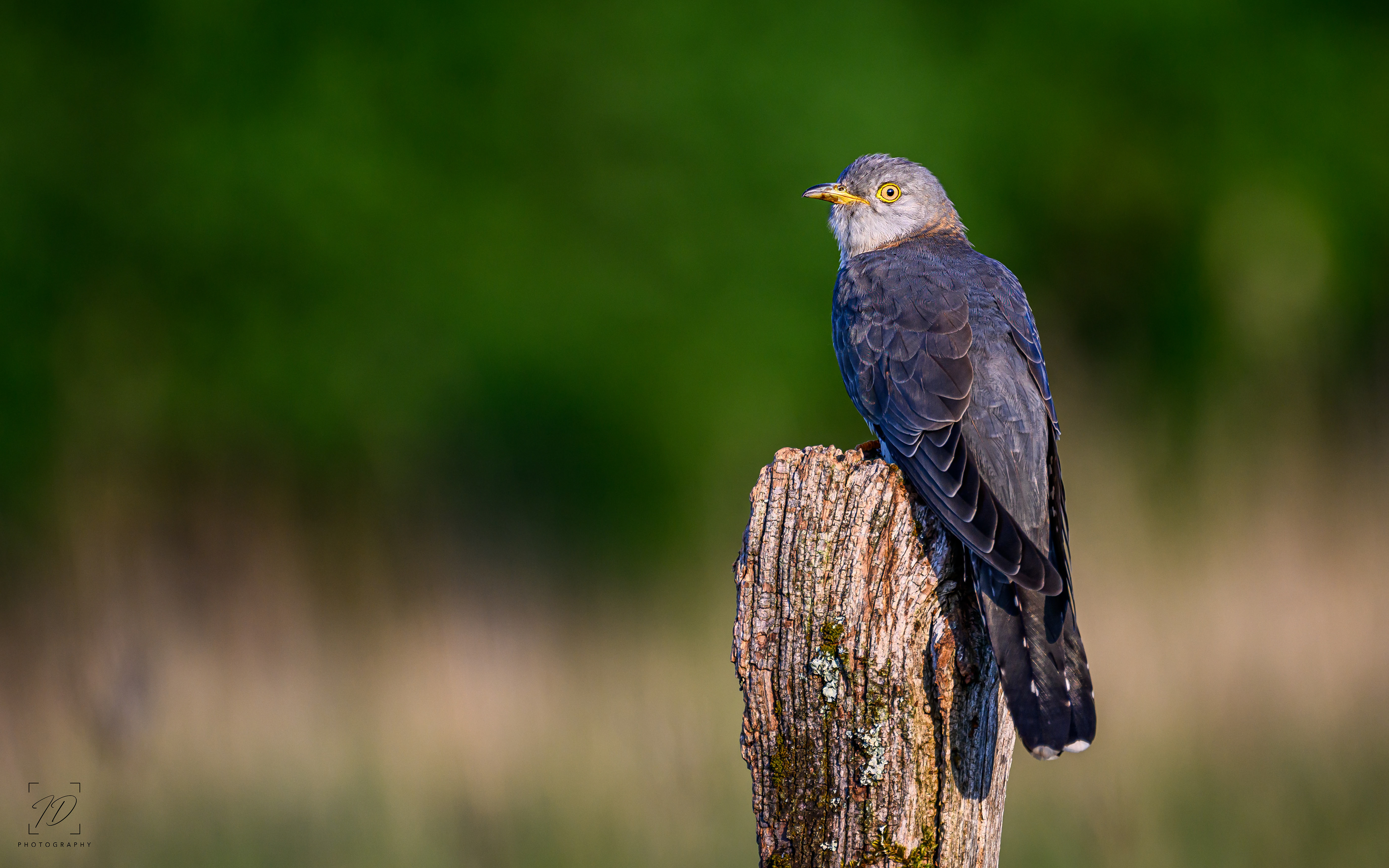

Sedge warbler warning a cuckoo away
